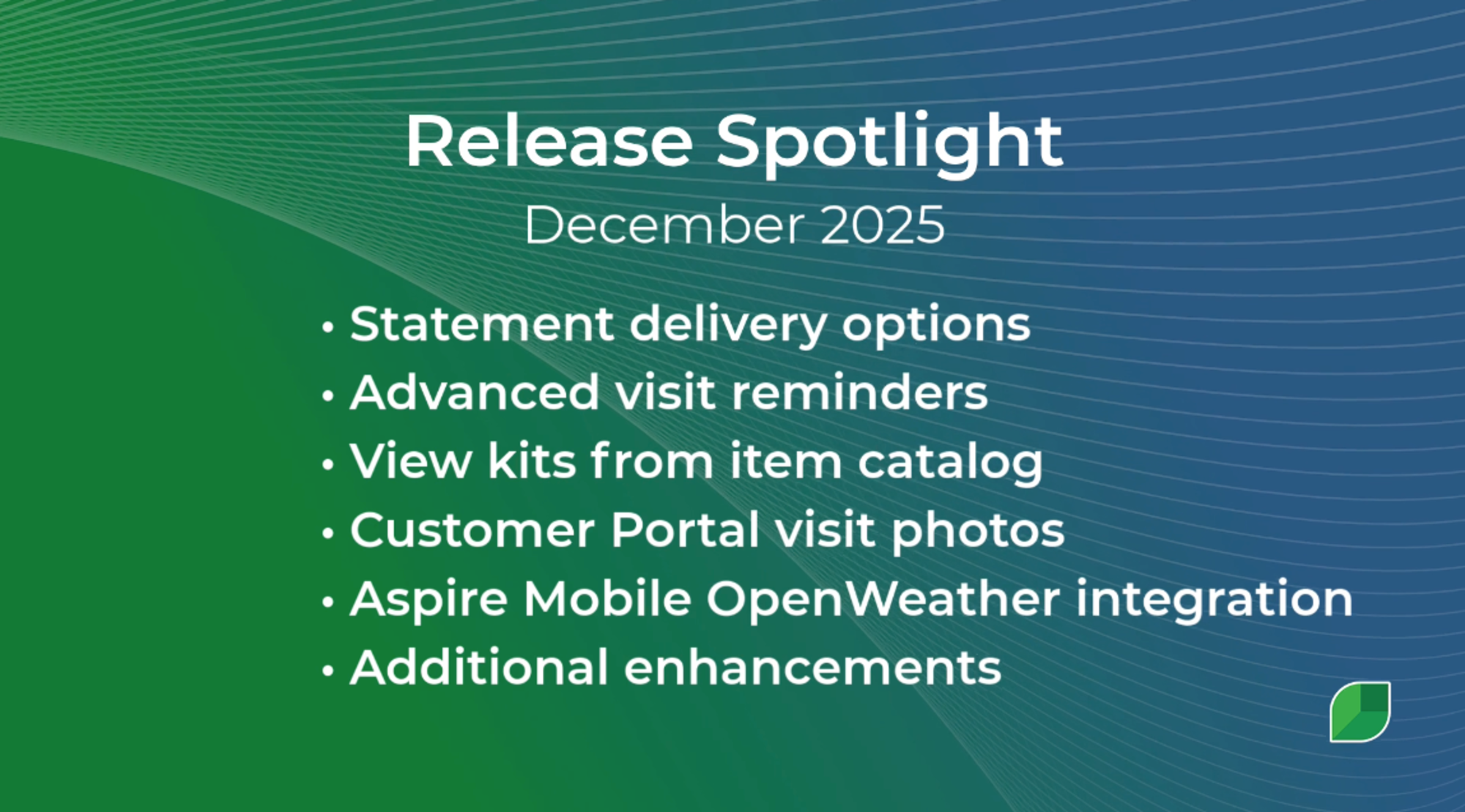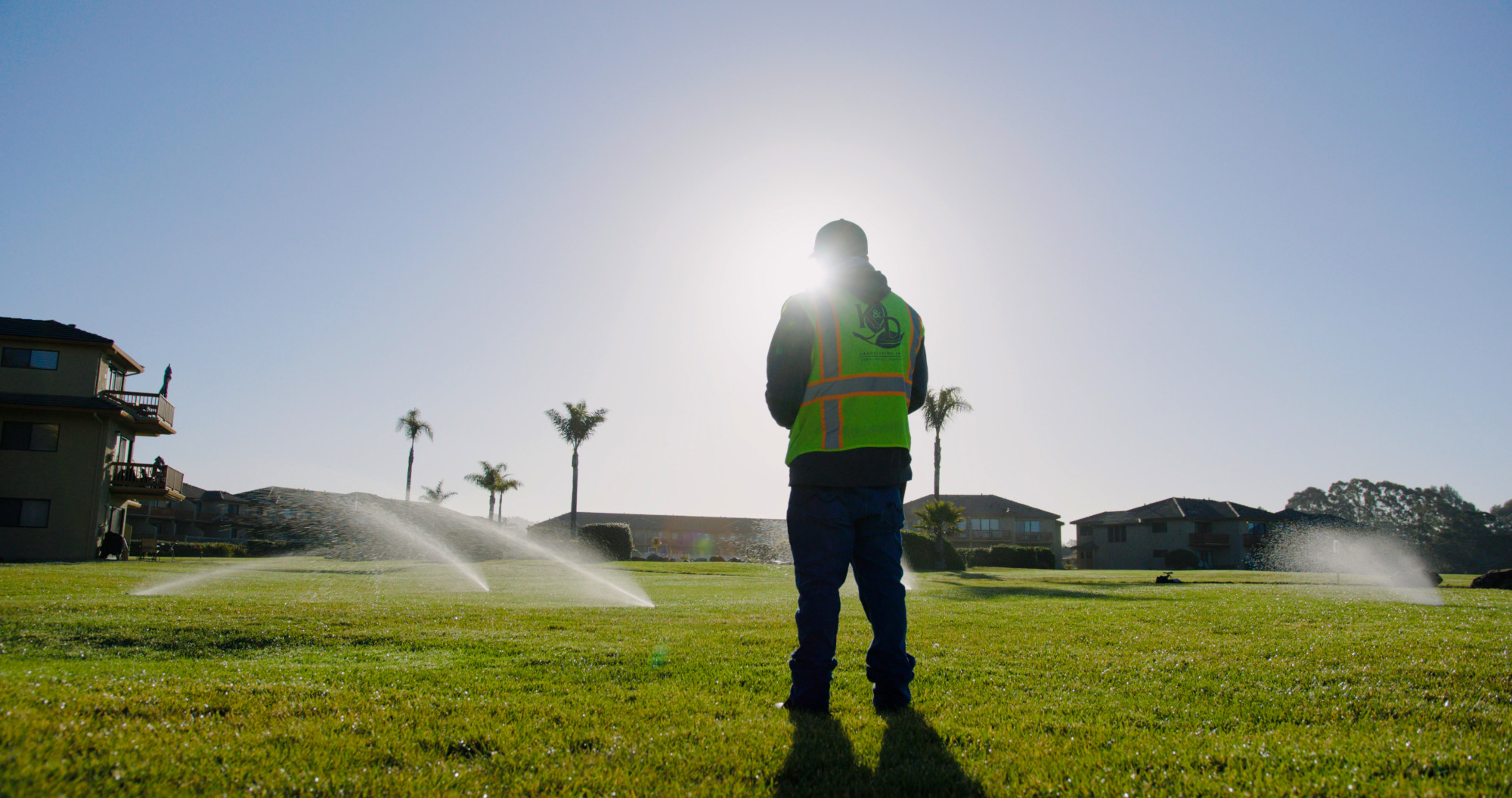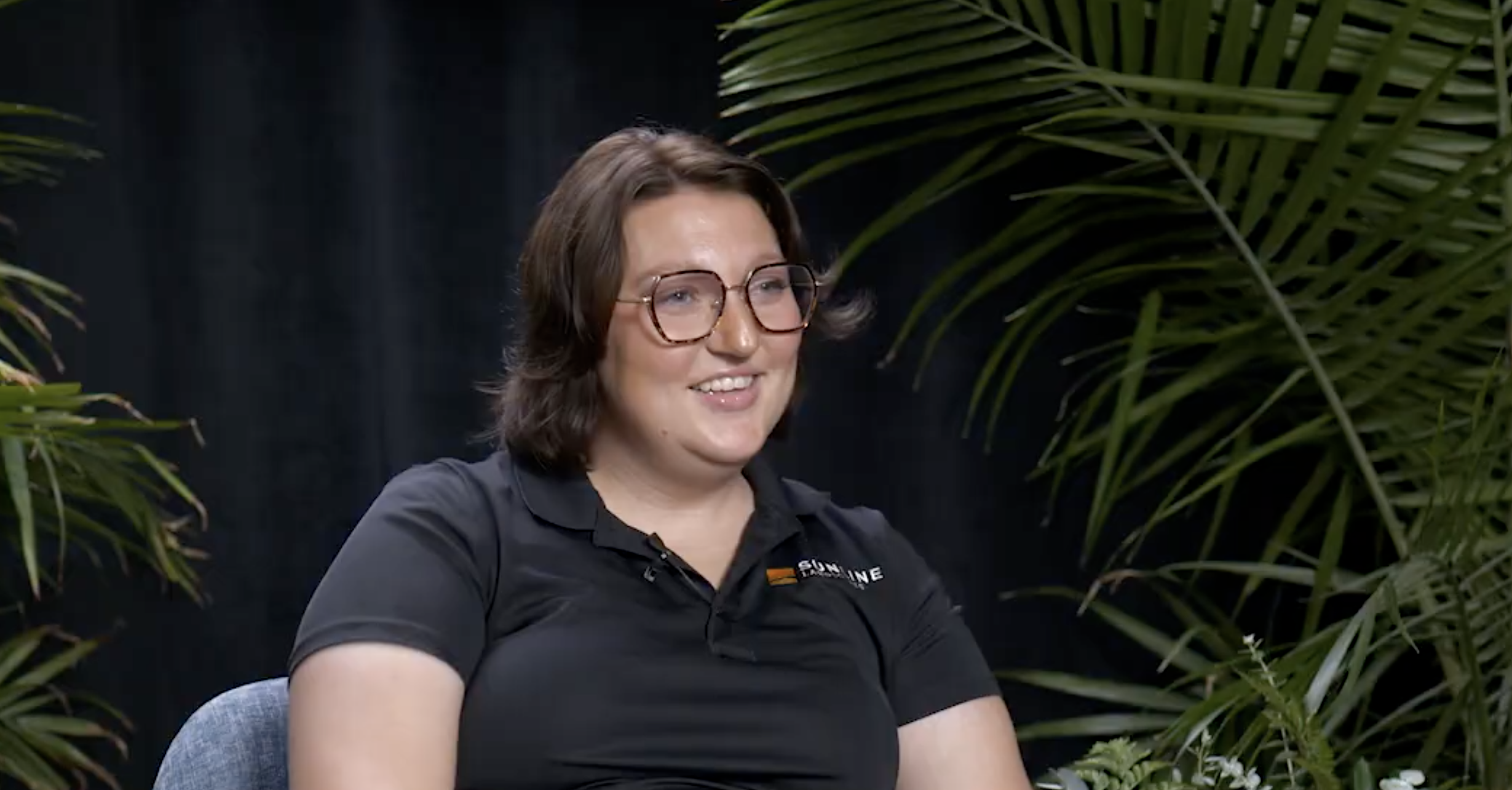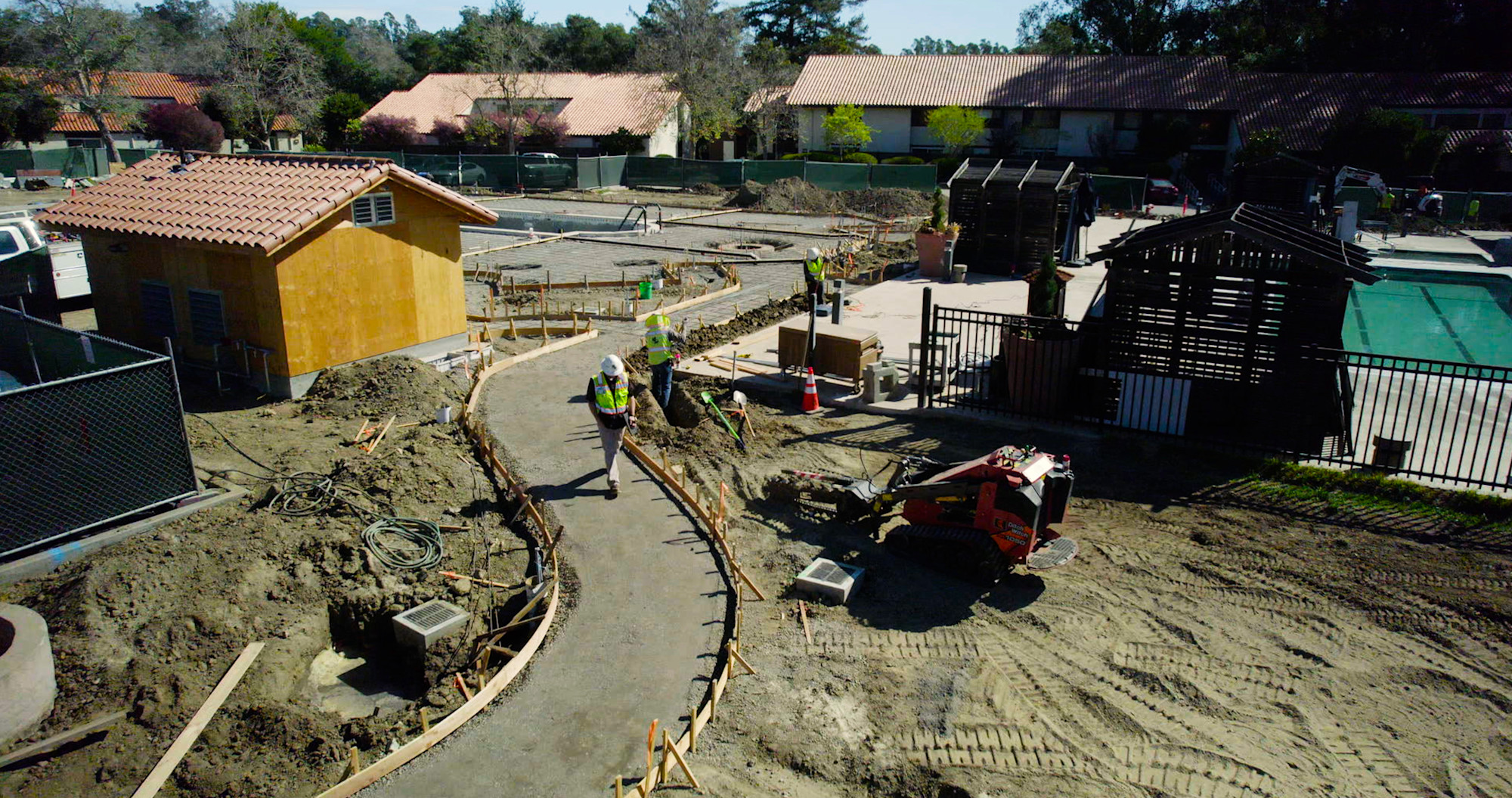You're running a landscaping business, and between managing crews, dealing with weather delays, and keeping clients happy, the last thing you want to think about is whether your business systems are holding you back. But here's the thing – they probably are, and it's costing you more than you realize.
The landscaping industry is having a moment
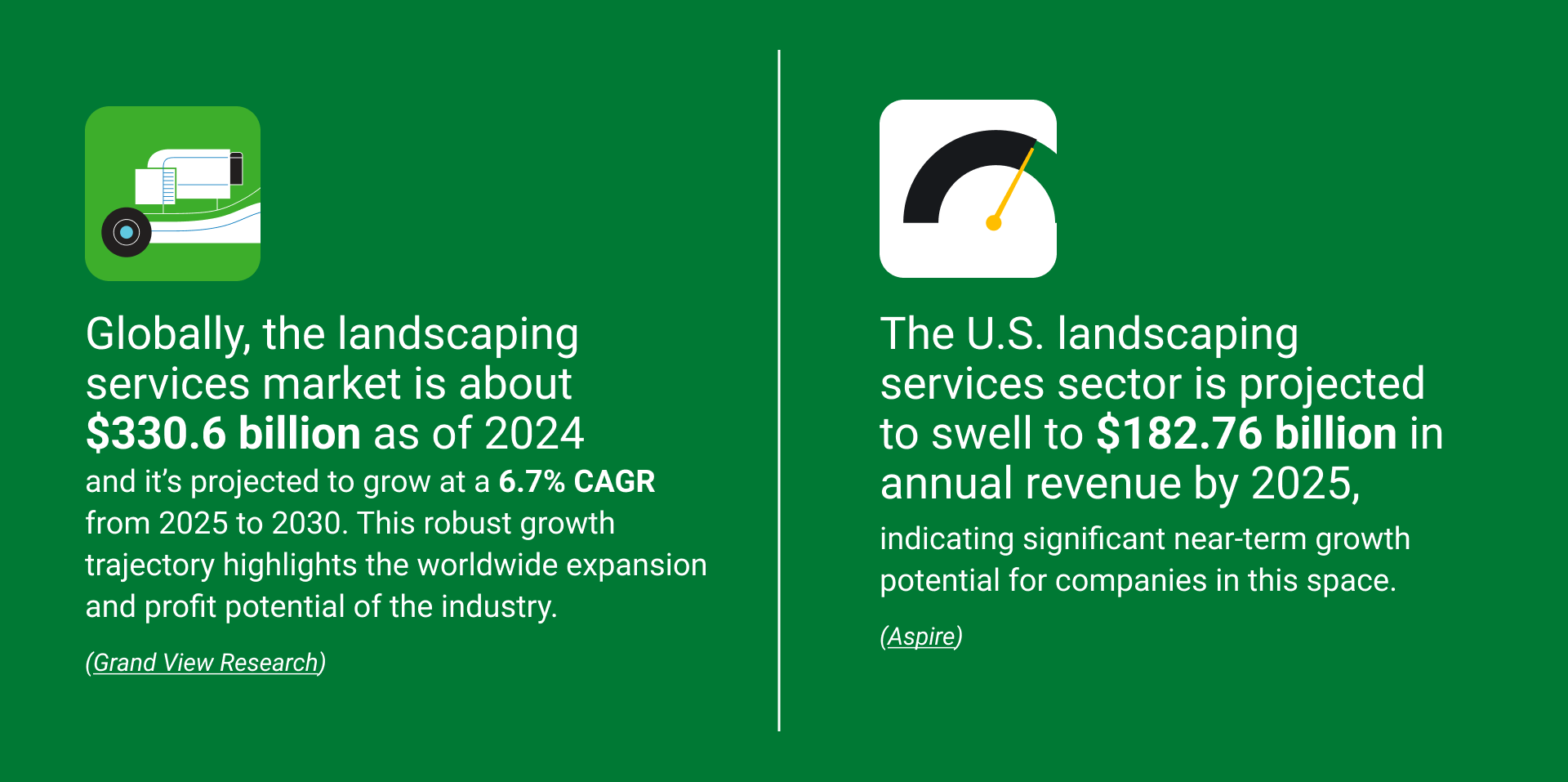
(Grand View Research and Aspire)
The green industry is absolutely booming right now. We're looking at a $330.6 billion global market that's growing at nearly 7% annually. In the U.S. alone, we're heading toward $182.76 billion in revenue by 2025.
What's driving all this growth? It's not just that people suddenly discovered they like nice lawns. Urbanization is accelerating, environmental awareness is at an all-time high, and everyone— from homeowners to commercial property managers—wants outdoor spaces that actually add value to their properties.
The best part? Most of your competitors haven't figured out how to properly capitalize on this yet.
Everyone is thinking the same thing
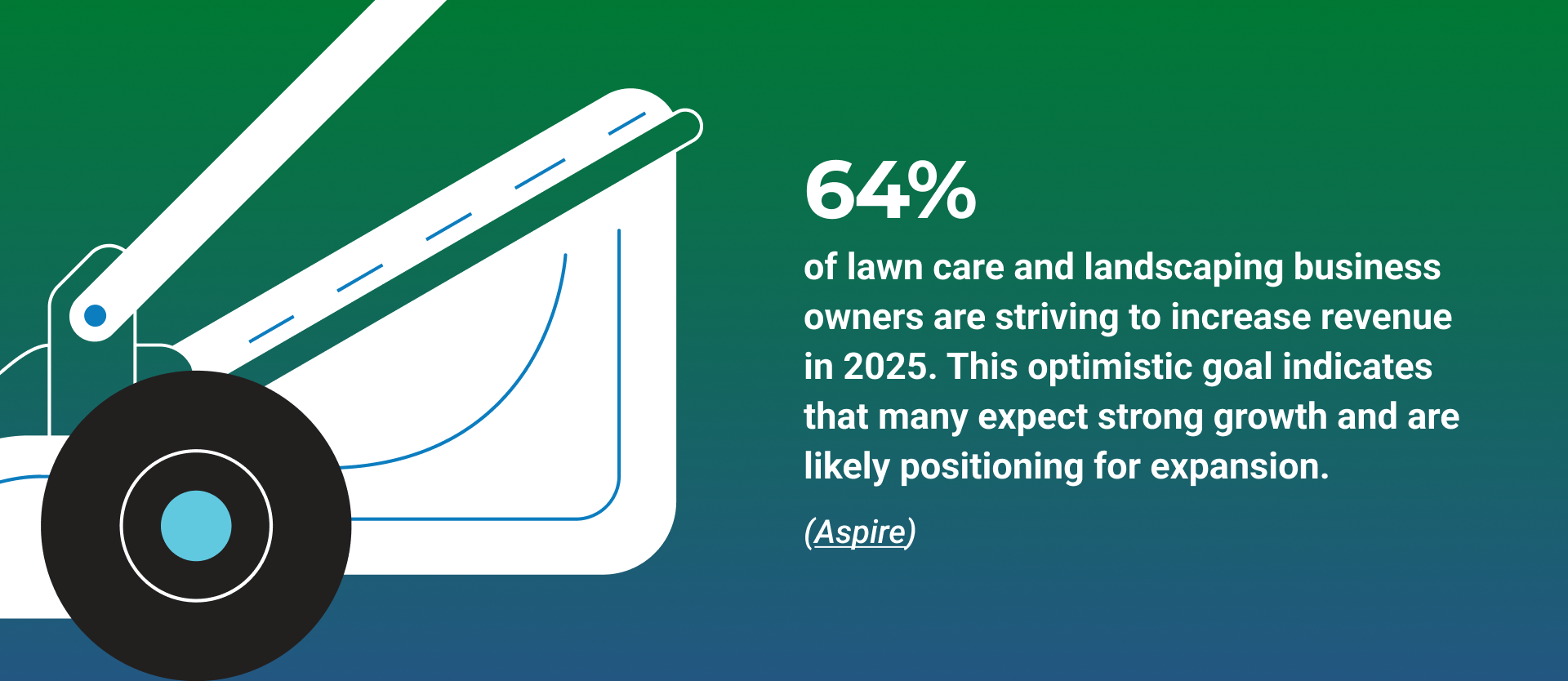
(Aspire)
Here's something that might make you feel better: You're not alone in wanting to grow. Most landscaping business owners are actively trying to increase revenue this year. We're all seeing the same opportunities and thinking, "This is our time."
But here's where it gets interesting—and frustrating. While everyone is chasing growth, most landscaping contractors are sabotaging themselves with the very systems they’re relying on to run their businesses.
The profit-killer you probably haven’t noticed
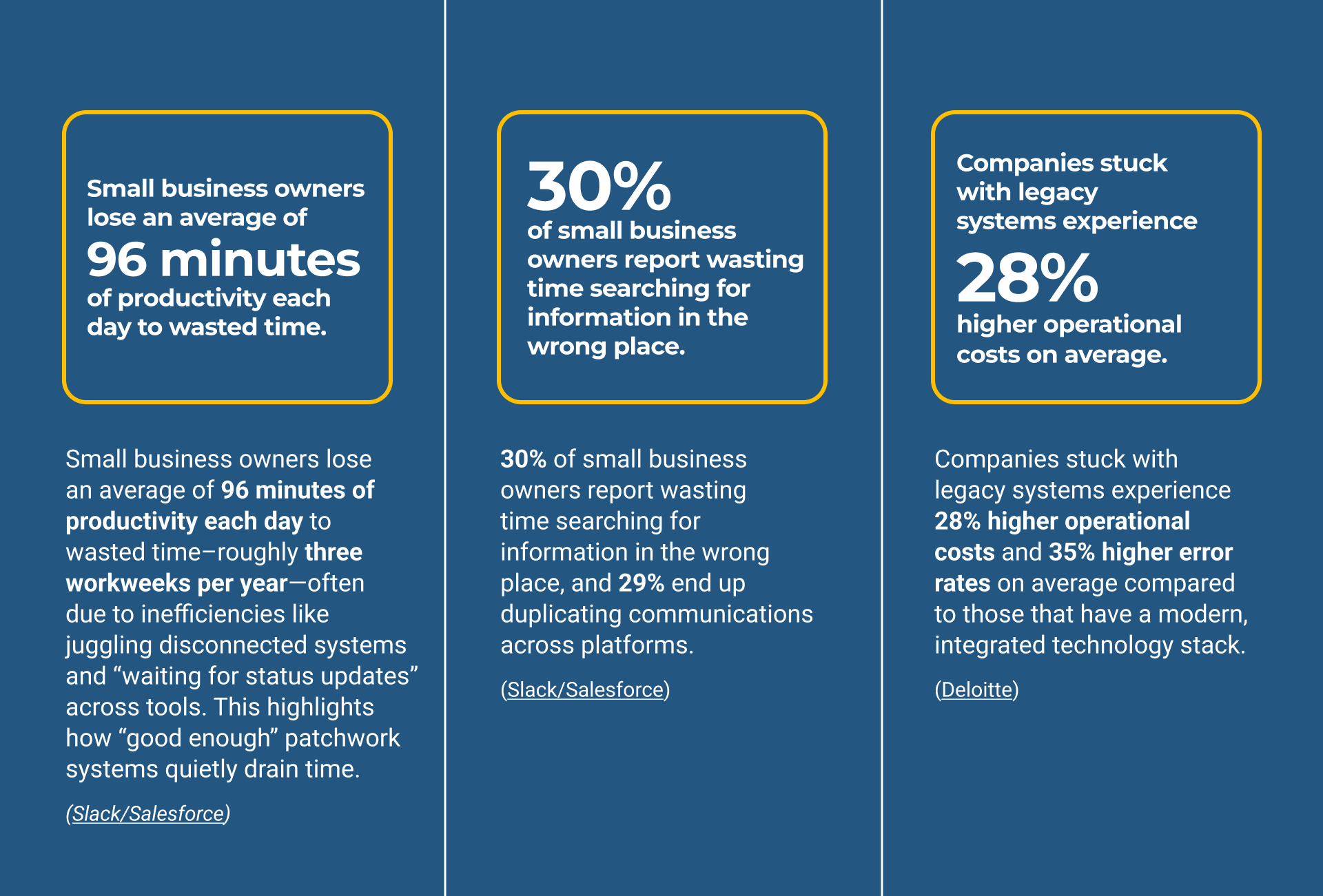
(Slack/Salesforce and Deloitte)
Remember last Tuesday when you spent 20 minutes looking for that estimate you sent to the Johnson property? Or when Maria from the crew called asking about the Henderson job schedule, but you had to check three different places to give her an answer?
You're not alone. Small business owners lose over an hour every single day to this kind of stuff. That's three full workweeks per year just... gone. Poof.
And it gets worse: team members regularly waste time searching for information they know is somewhere, and the same information gets sent across different platforms over and over again, because no one can remember where they put it the first time.
The “Good enough” trap

Here's the thing about those patchwork systems you’ve cobbled together out of necessity over the years—the ones where you use QuickBooks for invoicing, a paper schedule for crews, your phone for photos, and Excel for ... well, everything else. They feel manageable when you're smaller, but they're quietly killing your profitability.
Companies stuck with these legacy setups see higher operational costs and more errors than businesses running integrated systems. That's not a small difference—that's the difference between thriving and just surviving.
The numbers that will change your mind
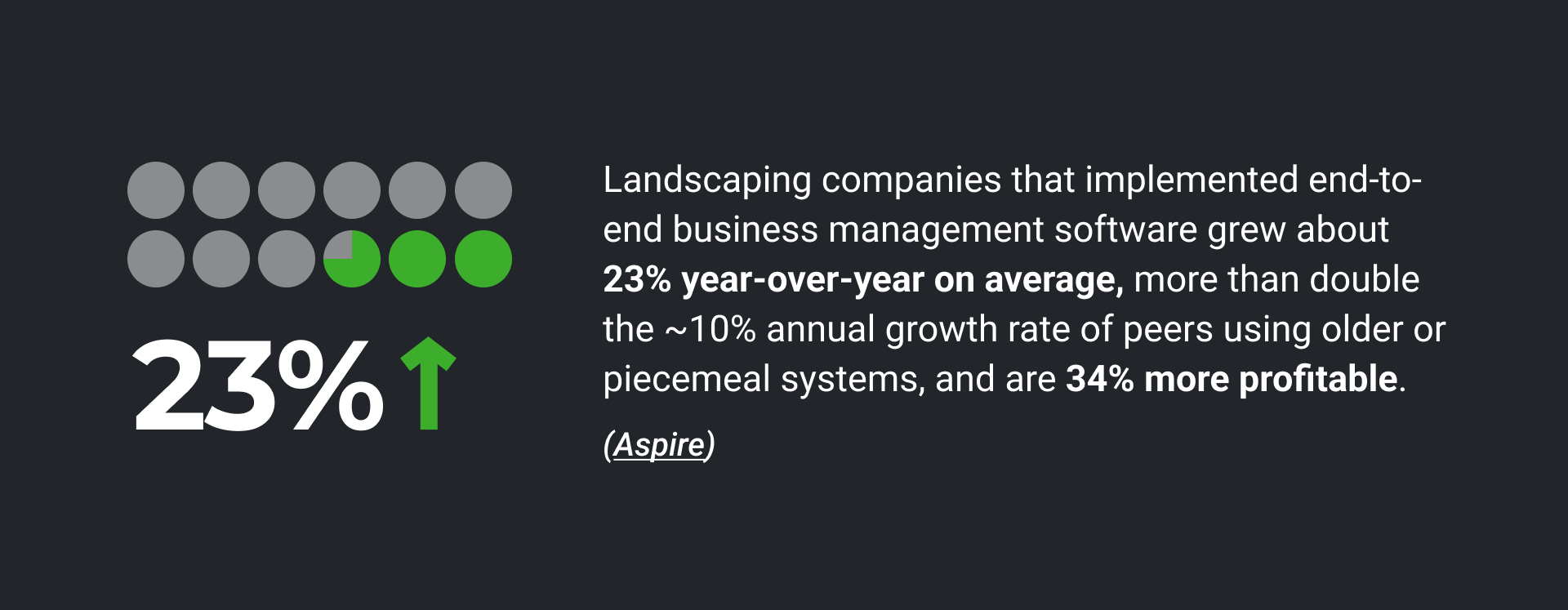
(Aspire)
You might be skeptical about this whole "integrated platform" thing.
But consider this: companies that switched to comprehensive business management software grew more year over year than their peers using the old patchwork approach, who were stuck at around 10% growth by comparison.
But here's the kicker: they were also more profitable.
What actually works
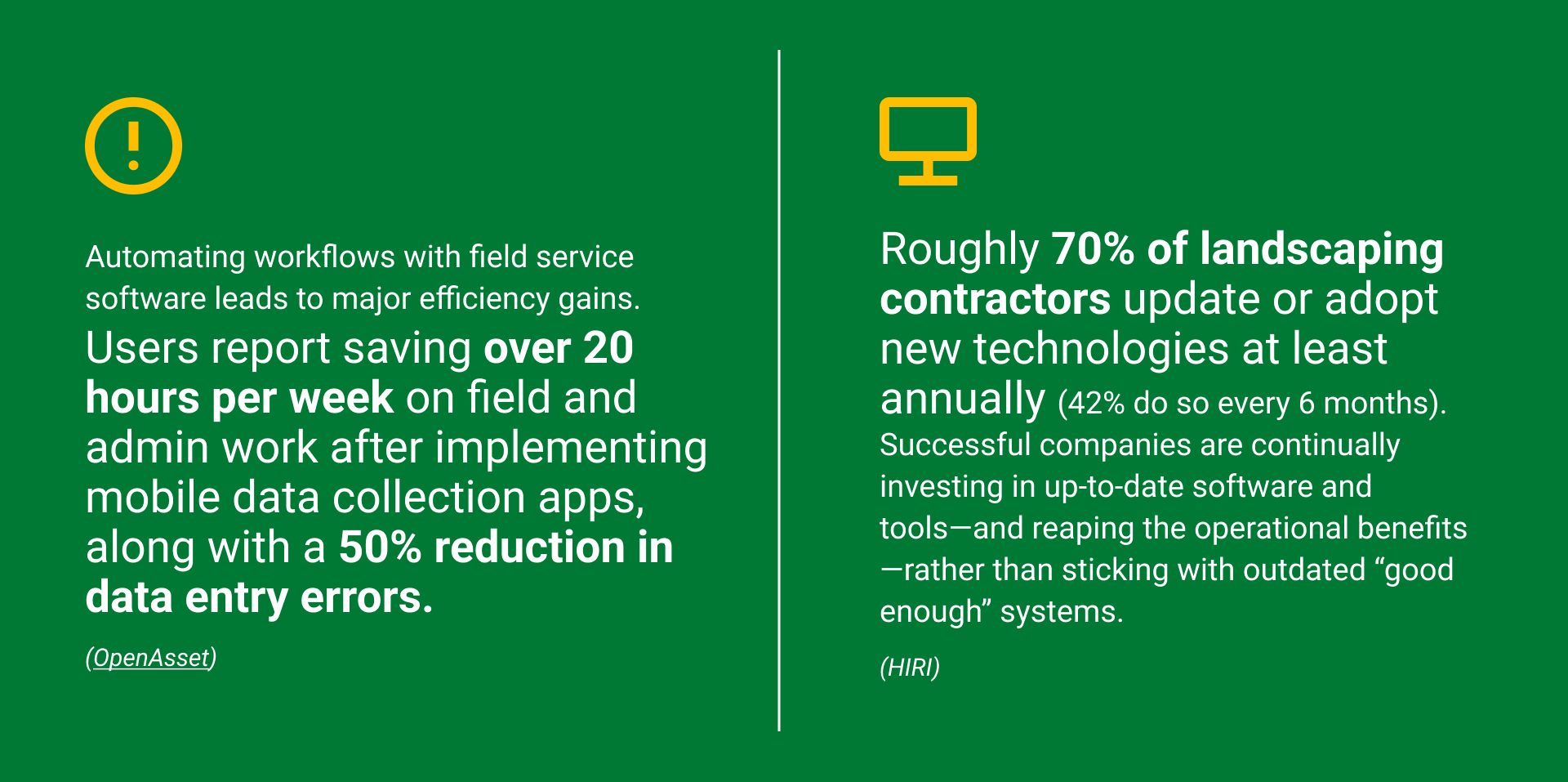
The companies that are winning right now aren't necessarily the ones with the biggest crews or the fanciest equipment. They're the ones who figured out how to eliminate friction from their operations.
Saving time and reducing errors in operations isn’t just efficiency—that's getting your life back.
Most successful landscaping contractors update their technology at least once a year. And nearly half do it every six months. They're not doing this because they love spending money on software—they're doing it because they've figured out that staying current with technology is what separates the leaders from the followers.
The real question
So here's what you should think about:
What could you do with an extra 20 hours per week?
How much more could you grow if you weren't constantly fighting your own systems?
What would it mean for your business if you could reduce errors by half and increase profitability by a third?
The landscaping boom isn't slowing down anytime soon. The question is whether you'll be positioned to take advantage of it, or whether you'll keep fighting the same operational battles while your more agile competitors pull ahead.
Ready to stop leaving money on the table, it might be time to take a hard look at the systems that are supposed to be helping your business grow. Download our ebook, The Hidden Profit Killer: How Disconnected Systems Stall Landscaping Growth, to learn more.
Or schedule a personalized demo with an integrated software expert to see how Aspire can transform your operations and your potential ROI in the first year.


